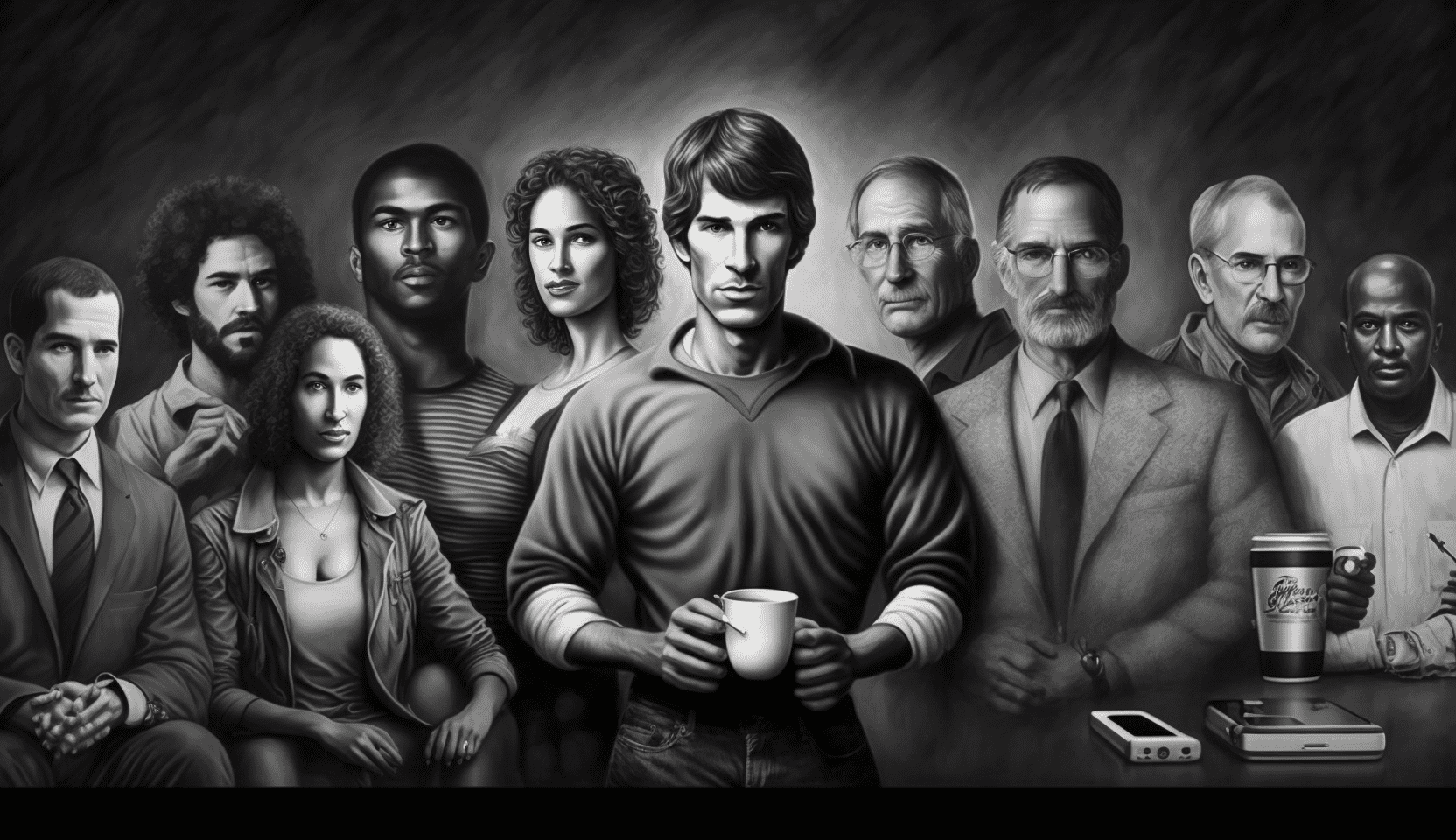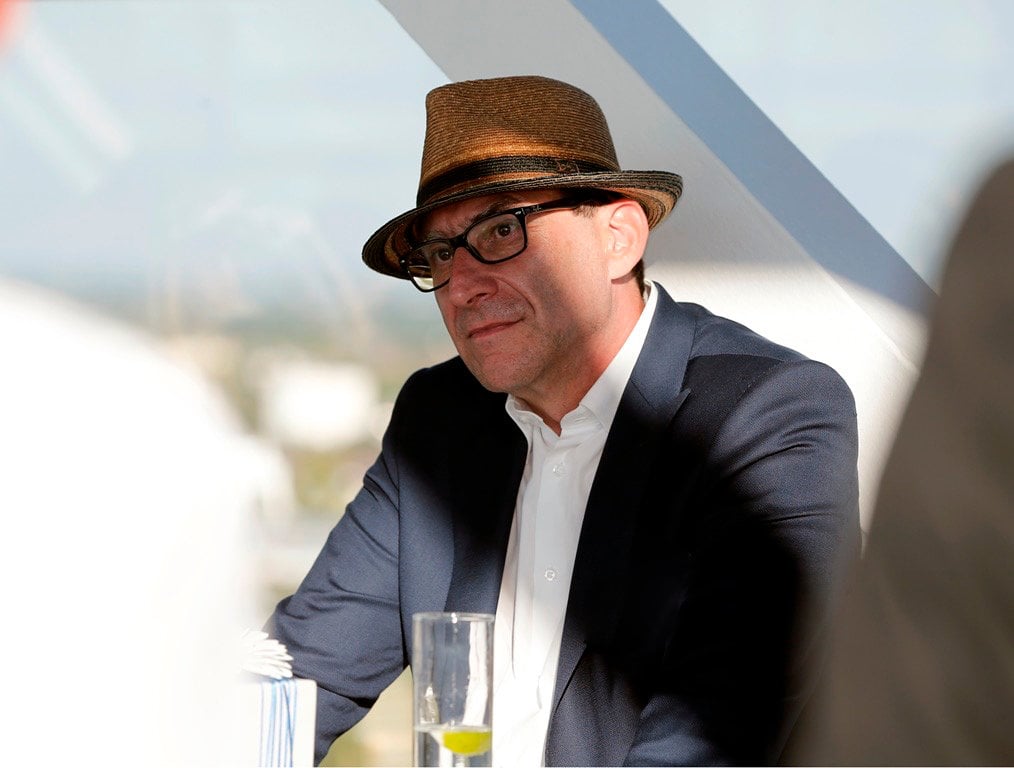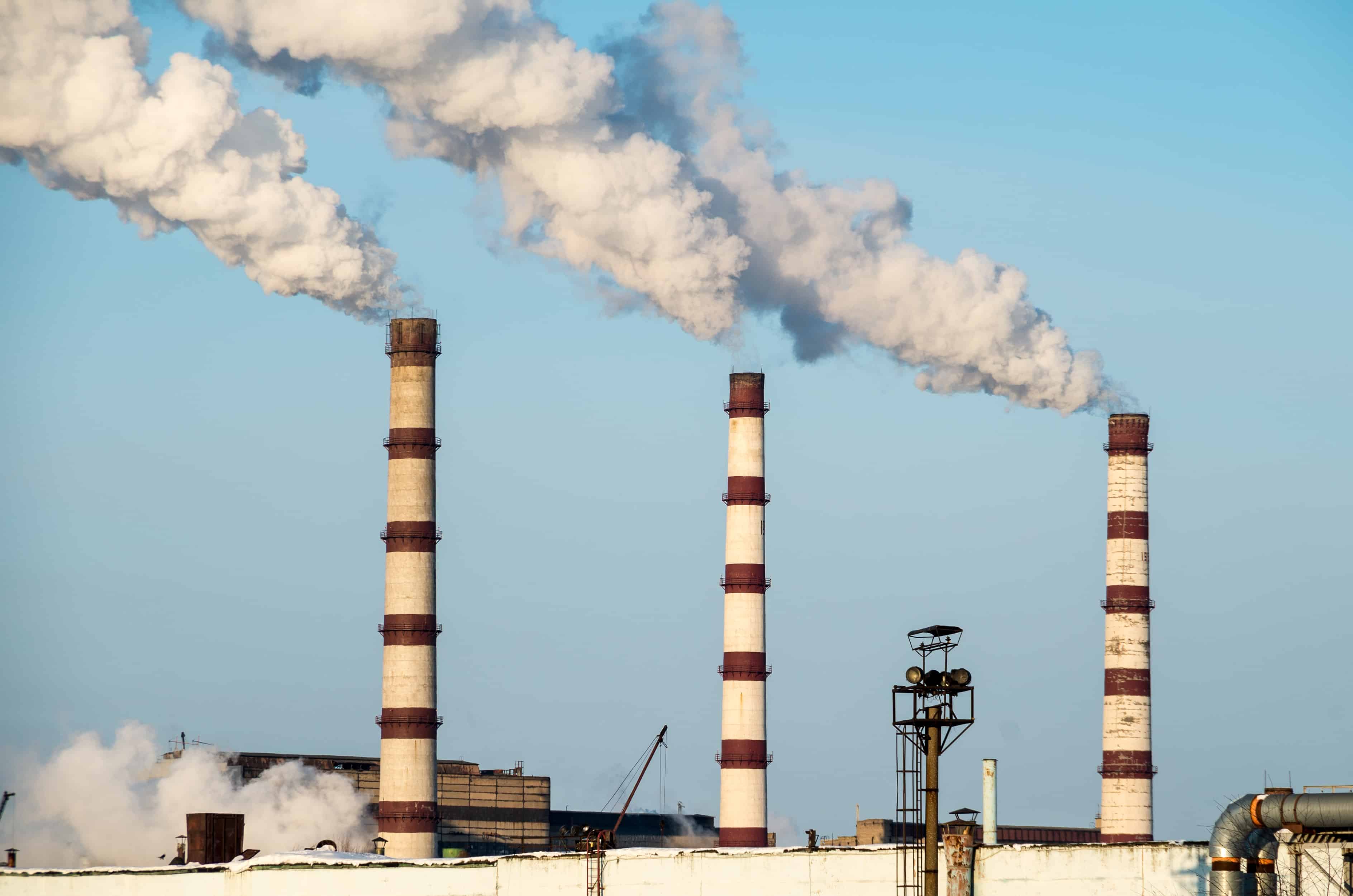
Climate. Sustainability. We have to tighten our belts. The end is near. IPCC report and its interpretations. Combustion engine phase-out from 2035. No combustion engine phase-out from 2035. E-fuels are e-fools. E-fuels save the existing fleet. Only heat pumps. Insanely expensive house renovation. Right now, please. Electricity prices. Electricity shortage. Multiply the wind power expansion, multiply the PV expansion. Dark slackness. No nuclear power plants, new nuclear power plants.
I must confess, slowly but surely, everything is closing in on me. I can’t hear the word “sustainability” anymore. I can no longer take the so-called hysterical “experts” seriously, who all only see their own area and less and less the big picture. There is excitement, like in a henhouse when the fox has gained access. Everything revolves around this one topic and the “Doomsday Clock”; the approaching end is shoved down your throat at every opportunity.
And then you read two messages and are in a positive mood again.
First news item: The energy density of batteries has been doubled
The US company Amprius Technologies has been making a name for itself for some time. The battery start-up from Fremont is focusing on what is feasible and is trying to solve a major problem in electromobility. The incredibly low energy density of batteries. Doubling this would already be a revolution, and indeed: on March 23, 2023, the company proudly announced that it had achieved the impossible.
The gravimetric and volumetric energy density of the Amprius silicon anode batteries was effectively doubled. While true industrial production is still pending, and pricing for the battery cells is still unknown, the aerospace industry is already completely hooked that officials like Pierre-Antoine Aubourg, CTO at AALTO HAPS, an Airbus subsidiary, have already expressed euphoria about it.
After all, it’s not just BEVs that benefit from doubling energy density; electric aircraft and drones can go even further this way.
Speaking of drones: Zipline
Last week’s second announcement is even more encouraging. The drone start-up Zipline moved into the spotlight due to the report of Youtuber Mark Rober. After just a few days, the entertaining report about Zipline was viewed over 16 million times.
What makes the US company exceptional? That it helps people all over the world with absolute high-tech that is also extremely affordable. Rober uses the example of Rwanda in central Africa to show how life can be made safer, even in the most isolated areas with little money but brilliant high-tech ideas. The drones used in Rwanda deliver vital medicines and blood supplies to hospitals in the literal “sticks” faster than an ambulance could make it from West Berlin to East Berlin.
What does that tell us?
There’s this saying that goes, “Doing is like wanting, only hotter!” This applies to the two U.S. start-ups that would have had no chance in Europe, especially Germany. The bureaucracy and hostility to innovation on the old continent would have killed off the two companies within a very short time. Doers are out; the talkers have taken over the public discourse.
But the “doers” are the ones who improve people’s lives and move humanity forward. And suddenly, I see again the legendary Apple commercial by Steve Jobs, “Here’s to the crazy ones …” in front of me.
Those who see things “differently” ultimately move the world forward.







